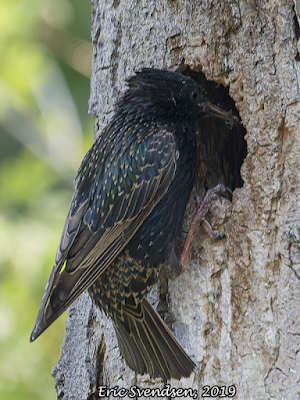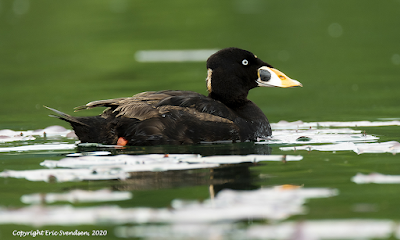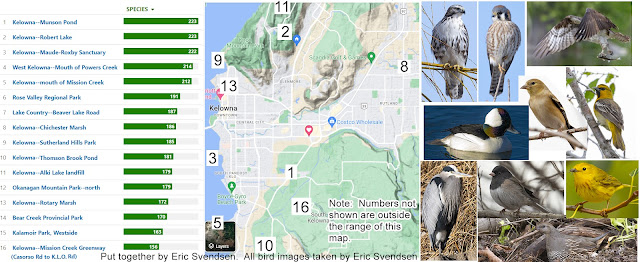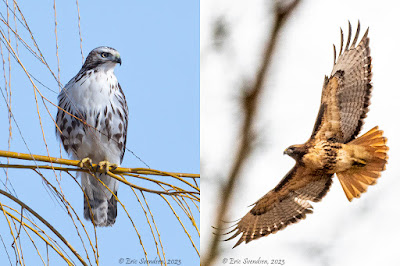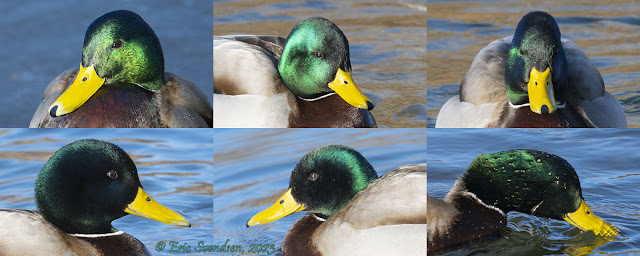White crowned sparrows – compensating for back lighting.
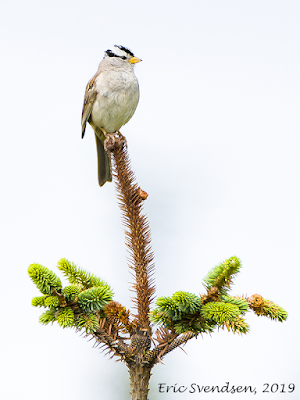
White-crowned sparrow on a favourite perch. The white-crowned sparrow is a common summertime visitor to Western and much of Northern Canada. I hear its familiar chirping and see its telltale black and white striped crown on many of my travels. I spotted this one yesterday near the beach in southeast Washington. They feed on the ground, taking both seeds and insects. It is amazing to watch them moving leaf litter; with both feet planted on the offending target, they hurl it backward with a synchronized jerk, unlodging any morsels hiding underneath. They are not terribly shy. I often find them perching atop tall plants or trees surveying their kingdom. Photographing them in this position is often problematic because of backlighting. Backlighting happens when the background is brighter than the light coming off the subject. This causes the camera to underexpose the image, leading to a flat, gray background with a dark foreground. ...



